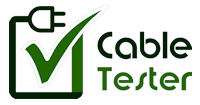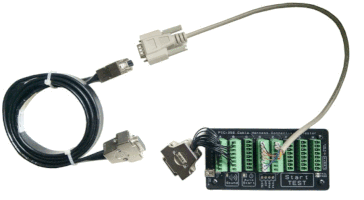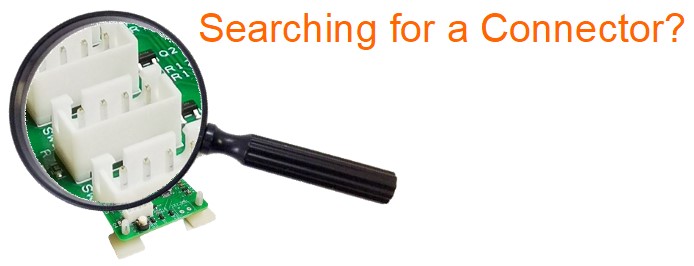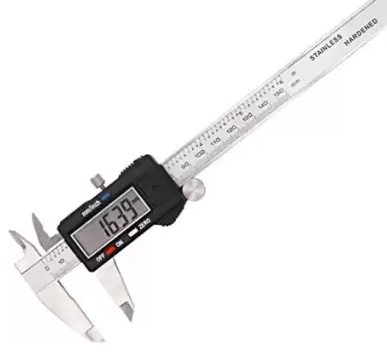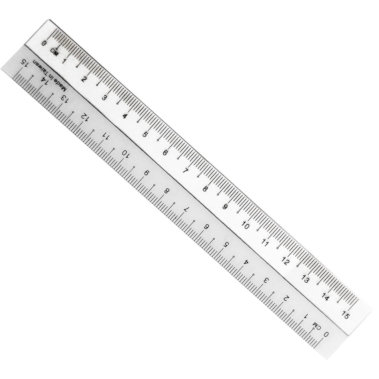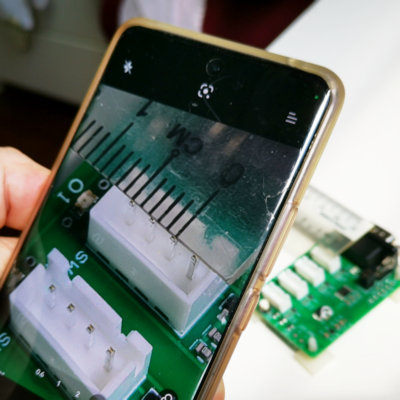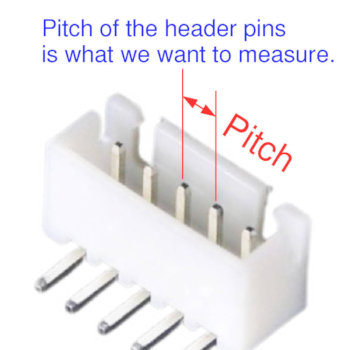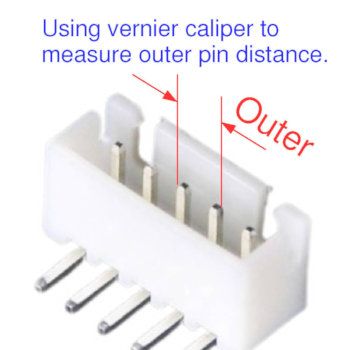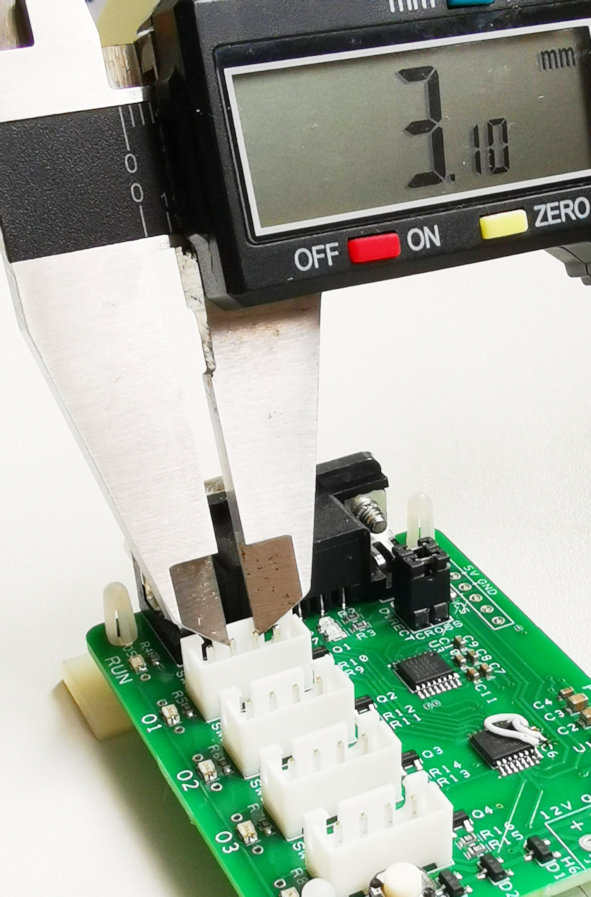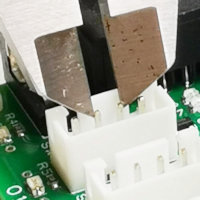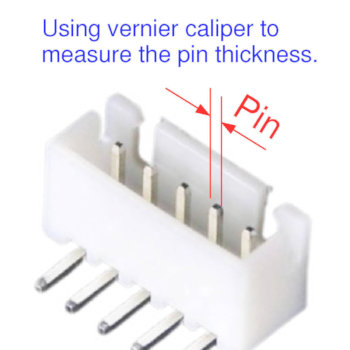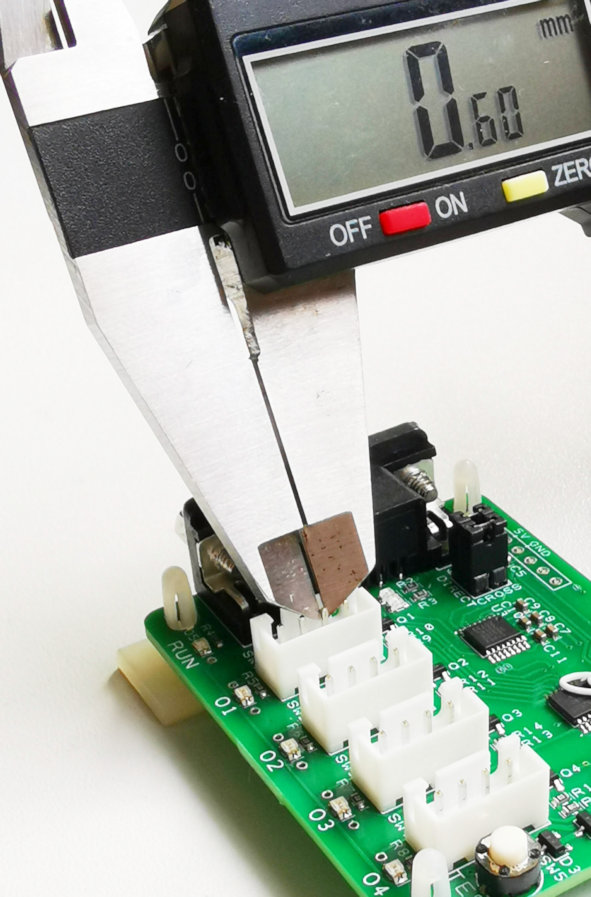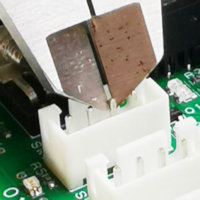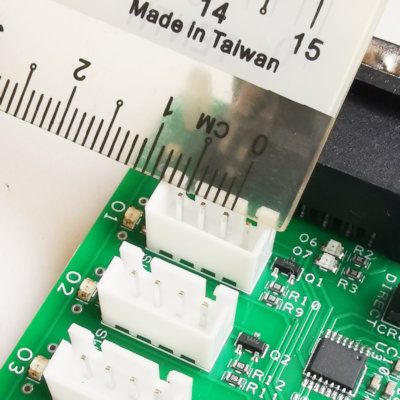Wire-to-board connectors are used to connect wires to a printed circuit board (PCB). Very commonly used for cable connections between electronic circuit boards or electrical peripherals.
These connectors come in various brands and series. Each is designed for specific applications, wire sizes, and current ratings. Here are some popular series of wire-to-board connectors:
JST Connectors (Japan Solderless Terminal)
Click here for the complete list of JST cable connectors (plug & socket).
- SH/SR/SZ Series: 1.0mm pitch for miniature applications.
- ZH Series: 1.5mm pitch for compact designs.
- PH Series: 2.0mm pitch connectors for compact connections.
- XH Series: 2.5mm pitch, used in various consumer electronics.
- EH Series: 2.5mm pitch with enhanced durability.
- VH Series: 3.96mm pitch.
Molex Connectors
Click here for the complete list of Molex cable connectors (plug & socket).
- PicoBlade Series: Small pitch (1.25mm) connectors for space-constrained applications.
- KK Series: Used for a wide range of applications with various pitch sizes (2.54mm, 3.96mm).
- Micro-Fit Series: Compact connectors with a 3.0mm pitch.
- Mini-Fit Jr. Series: Standard 4.2mm pitch connectors for power and signal.
- Mega-Fit Series: High current capacity connectors.
TE Connectivity (Tyco Electronics) Connectors
- AMP-LATCH Series: Ribbon cable connectors for a variety of applications.
- MTA-100: Insulation displacement connectors (IDC) with 2.54mm.
- MTA-156 Series: Insulation displacement connectors (IDC) with 3.96mm pitch.
- Micro-MaTch Series: Small pitch (1.27mm) connectors with high reliability.
- Mate-N-Lok Series: Universal MATE-N-LOK and Mini-Universal MATE-N-LOK for power and signal.
Hirose Connectors
- DF Series: Includes DF1, DF3, DF4, and other sub-series for various applications.
- ZH Series: Compact 1.5mm pitch connectors.
- X.FL Series: Ultra-miniature connectors for high-frequency signals.
Samtec Connectors
- SHF Series: High-density, rugged connectors.
- TMM Series: High reliability with 2.54mm pitch.
- FTSH Series: Fine-pitch connectors for board-to-board and wire-to-board applications.
Amphenol Connectors
- Minitek Series: Versatile connectors with various pitch options (1.27mm, 2.00mm, 2.54mm).
- SL Series: Secure-Lok connectors for high-reliability applications.
- Duopoint Series: Dual contact point connectors for increased reliability.
Phoenix Contact Connectors
- COMBICON Series: Modular connectors for industrial applications.
- PC 4 Series: Compact connectors for PCB mounting.
- MKDS Series: Pluggable terminal blocks.
Wago Connectors
- CAGE CLAMP Series: Spring pressure connection technology for reliable connections.
- WINSTA Series: Modular connectors for building installation.
Finding the mating connector?
Finding the right type of mating connector for your circuit board?
Click here to check out this step-by-step searching guide to measure and determine the connector type on your electronic circuit board.
or visit this page connector book for a wide variety of connectors.
